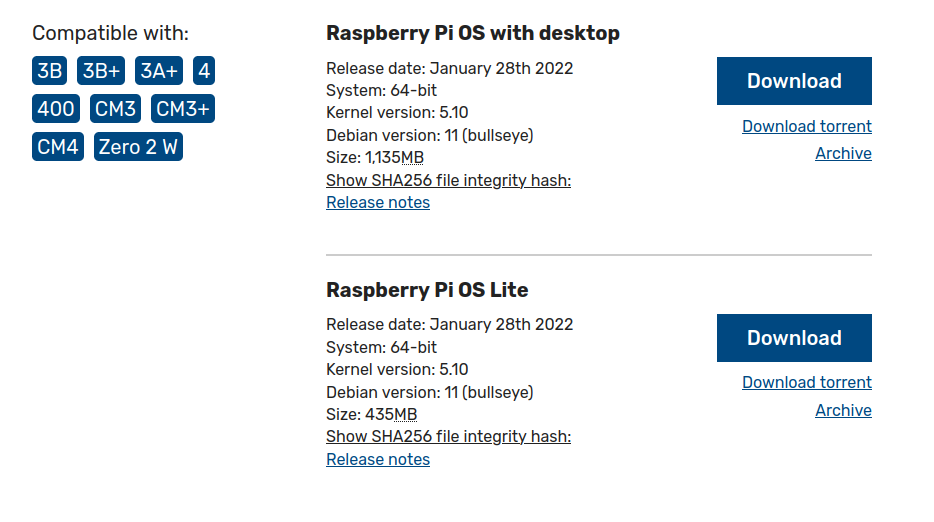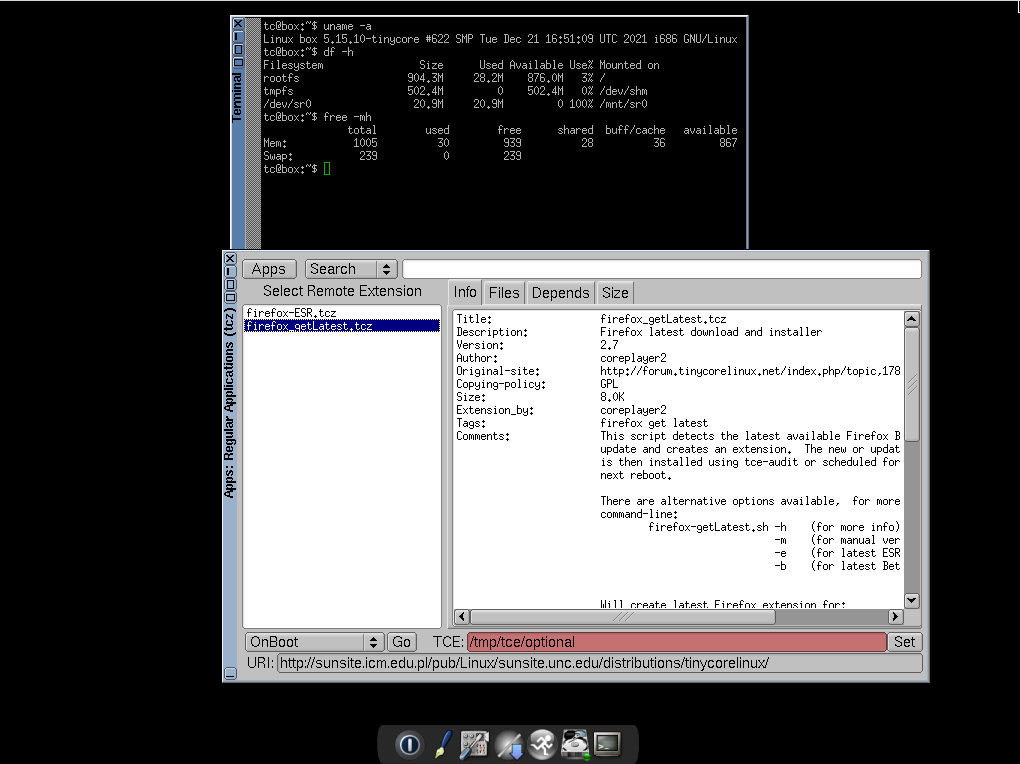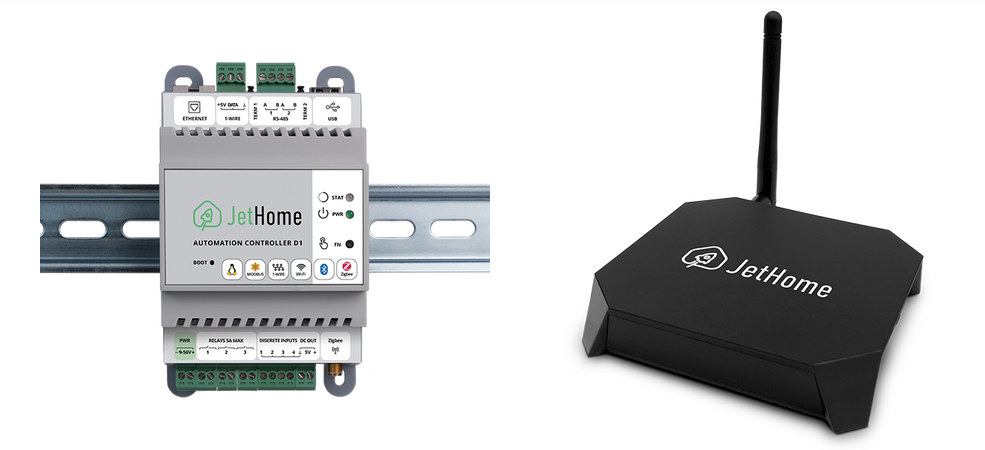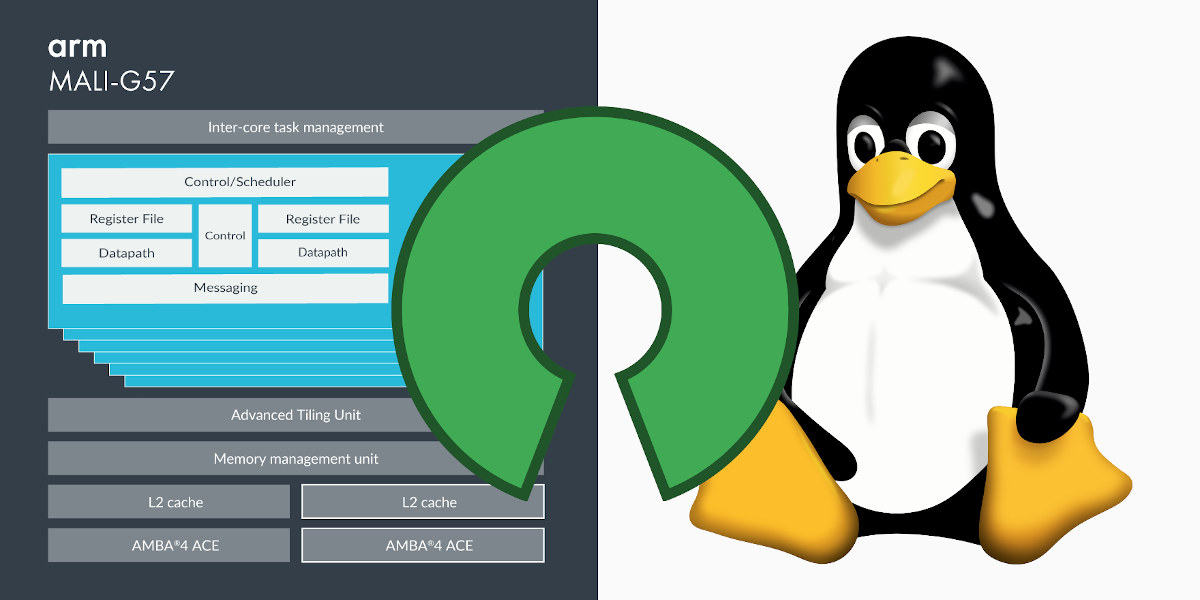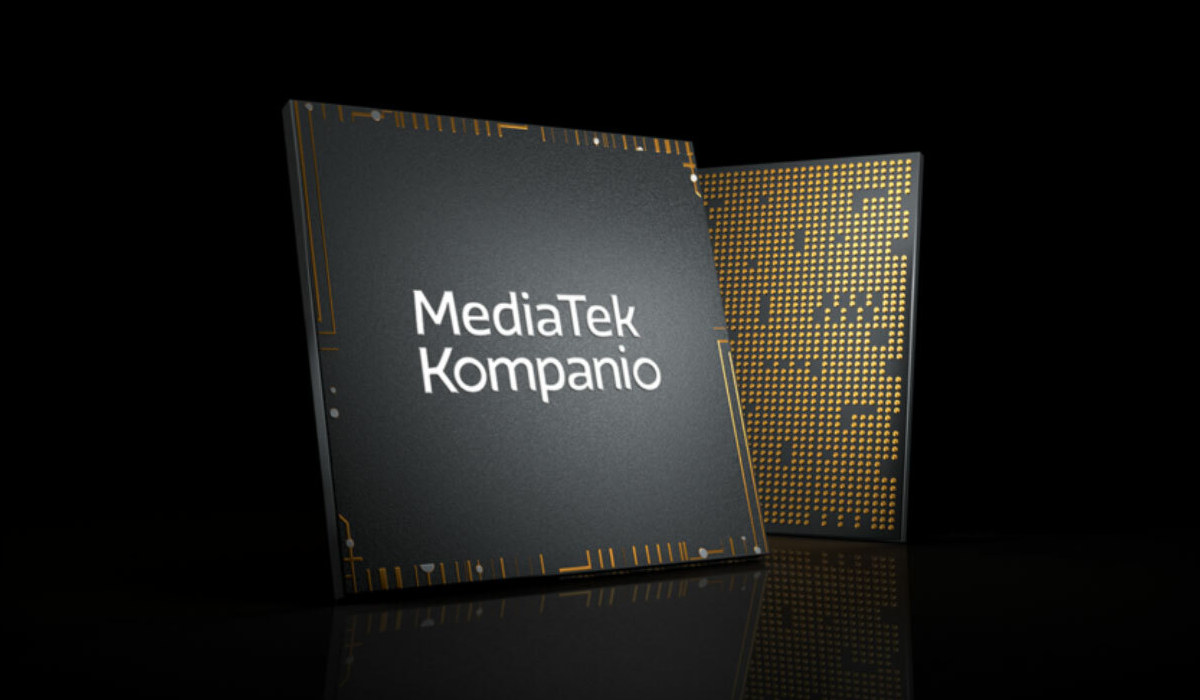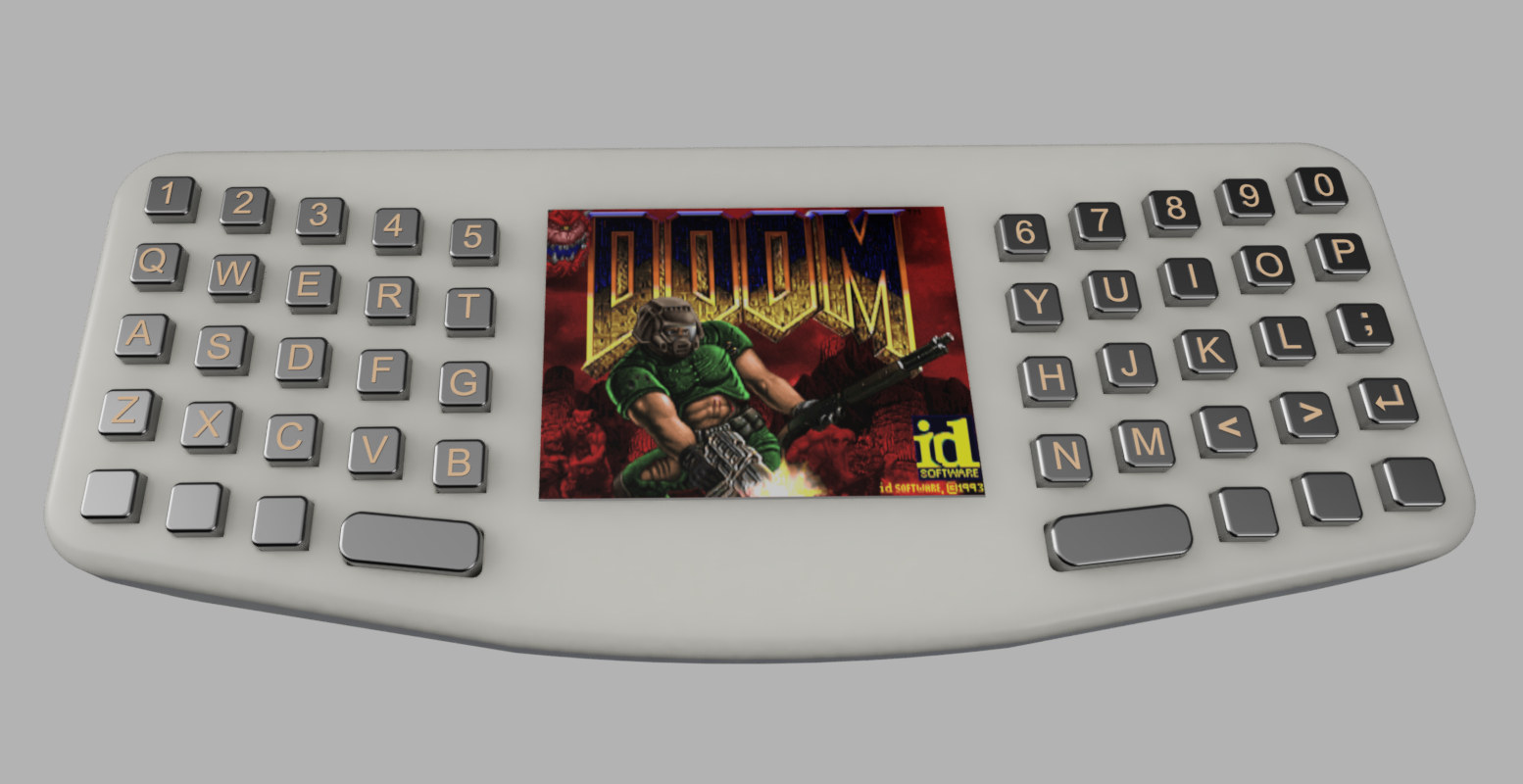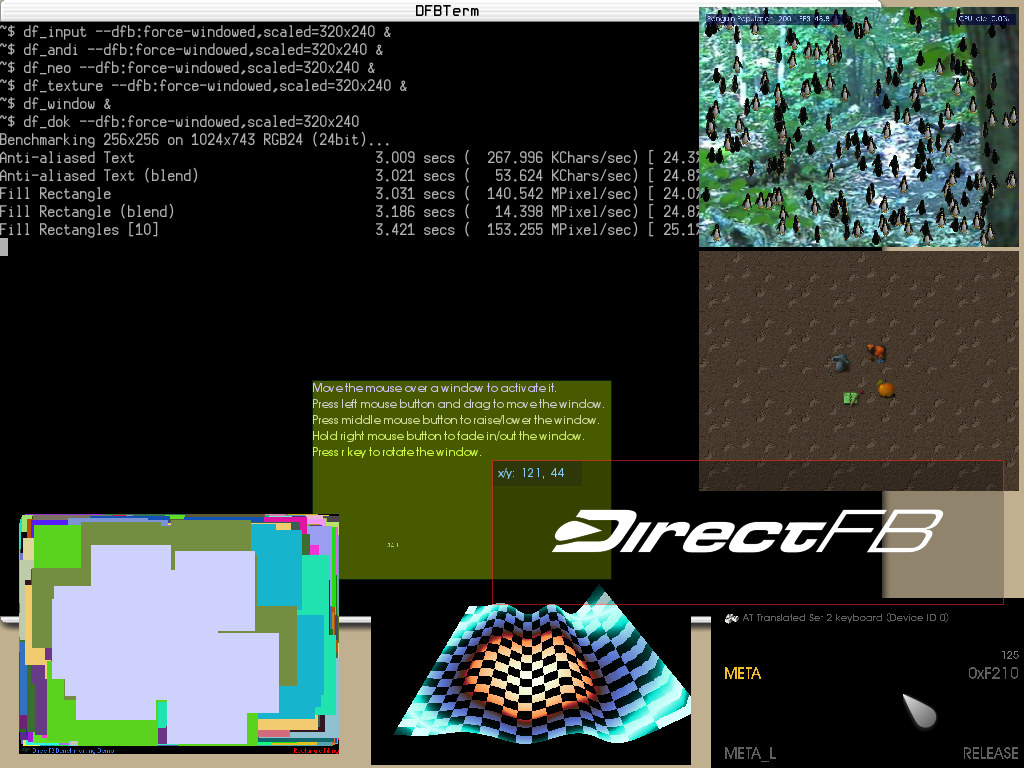The Raspberry Pi Foundation has now officially released Raspberry Pi OS 64-bit about two years after the first beta version was released. Despite some potential performance benefits from using 64-bit code instead of 32-bit, the Raspberry Pi Foundation has resisted moving too quickly to a 64-bit OS because if it would create two separate worlds for their earlier 32-bit boards like Raspberry Pi 2 or Raspberry Pi Zero, and the newer 64-bit boards starting with Raspberry Pi 3 onwards and may confuse users besides the extra workloads. Some of the main reasons to finally release a 64-bit version include improved software compatibility with many closed-source applications only available for arm64, and some open-source ones not fully optimized for the armhf port, some performance benefits, and the ability for a process to make use of the full 8GB RAM, removing the 3GB limit when using LPAE (Large Physical Address Extension) on […]
Tiny Core Linux 13.0 released for older or lower-end x86 hardware
Tiny Core Linux 13.0 has just been released for 32-bit and 64-bit x86 systems with a recent Linux 5.15.10 kernel, and various upgrades to the packages. Tiny Core Linux is a lightweight (~22MB ISO) Linux distribution with an FLTK (Fast Light Toolkit)/FLWM (Fast Light Windows Manager) desktop and based on the Core Project that integrates a recent Linux kernel, vmlinuz, and a root filesystem with low footprint libraries such as busybox. It’s mostly interesting for older or low-end hardware that may be slow and/or unusable with more common Linux distributions like Ubuntu or Debian. Tiny Core Linux 13.0 main changes: kernel updated to 5.15.10 glibc updated to 2.34 gcc updated to 11.2.0 binutils updated to 2.37 e2fsprogs base libs/apps updated to 1.46.4 util-linux base libs/apps updated to 2.37.2 busybox updated to 1.34.1 50-udev-default.rules: add media permissions select: require that “break” used in awk scripts filetool.sh: prevent gratuitous change to .filetool.lst’s […]
JetHome JetHub D1 is a Linux automation controller based on Amlogic A113X SoC
I discovered JetHome Jethub D1 and Jethub H1 Linux automation controller based on respectively Amlogic A113X and S905X SoCs in Linux 5.16 changelog, as both platforms got upstreamed to mainline Linux. I had never heard of JetHome, a Russian company based in St. Petersburg, nor their products before. Both Jethub D1 & H1 will run either an Armbian-built Ubuntu operating system or Home Assistant Operating System (formerly HassOS), and support Home Assistant (Z2M), Home Assistant (ZHA), and ZIgbee2MQTT. Jethub H1 looks like a TV box with a Zigbee module, while Jethub D1 is a DIN Rail automation controller with plenty of I/Os. Let’s focus on the latter. JetHub D1 specifications: SoC – Amlogic A113x quad-core Cortex A53 processor @ up to 1.5 GHz System Memory / Storage configurations 512MB RAM and 8 GB flash 1GB RAM and 16 GB eMMC flash Connectivity 10/100M Ethernet RJ45 port Dual-band WiFi 5 and […]
Speeding up open-source GPU driver development with unit tests, drm-shim, and code reuse
Getting an Arm platform that works with mainline Linux may take several years as the work is often done by third parties, and the silicon vendor has its own Linux tree. That means in many cases, the software is ready when the platform is obsolete or soon will be. It would be nice to start software development before the hardware is ready. It may seem like a crazy idea, but that’s what the team at Collabora has done to add support for Arm “Valhall” GPUs (Mali-G57, Mali-G78) to the Panfrost open-source GPU driver. The result is that it only took the team a few days to successfully pass tests using data structures prepared by their Mesa driver and shaders compiled by their Valhall compiler after receiving the actual hardware thanks to the work done in the last six months. So how did they achieve this feat exactly? We have to […]
MediaTek Kompanio 1380 Cortex-A78/55 processor is designed for premium Chromebooks
MediaTek Kompanio 1380 is a 6nm octa-core Cortex-A78/A55 processor clocked at up to 3.0 GHz designed for premium Chromebooks such as the new Acer Chromebook Spin 513 (CP513-2H), which will compete against the company’s Snapdragon 7c based Chromebook Spin 513 (CP513-1H). The processor supports LPDDR4x memory, UFS and eMMC storage, up to three displays, for example, the main display plus two external HDMI displays, WiFI 6/6E, and offers high-performance interfaces such as PCIe Gen 3 and USB 3.2 Gen 1. MediaTek Kompanio 1380 (MT8195T) processor specifications: Octa-core CPU 4x Arm Cortex-A78 cores @ up to 3.0 GHz 4x Arm Cortex-A55 cores @ up to 2.0 GHz GPU – Arm Mali-G57 MC5 AI accelerator – MediaTek APU 3.0 up to 4 TOPS VPU Video Playback – 4K HDR H.264, H.265 / HEVC, VP9, AV1 Video Encoding – 4K HDR H.264, H.265 / HEVC Memory – LPDDR4x @ 2133 MHz Storage – […]
The Eclipse Oniro Project aims to deliver consumer & IoT software that works across multiple platforms
Several of the embedded talks at FOSDEM 2022 mention the “Eclipse Oniro Project”. I had never heard about that project from the Eclipse Foundation, so let’s see how they describe it: Oniro is an Eclipse Foundation project focused on the development of a distributed open source operating system for consumer devices, regardless of the brand, model, make. Oniro is a compatible implementation for the global market of OpenHarmony, an open source operating system specified and hosted by the OpenAtom Foundation. Designed with modularity in mind, Oniro offers greater levels of flexibility and application portability across the broad spectrum of consumer and IoT devices — from tiny embedded sensors and actuators, to feature rich smart appliances and mobile companions. As a distributed and reusable collection of open source building blocks, Oniro enables compatibility with other open source technologies and ecosystems. Through close collaboration with projects and foundations such as OpenHarmony from […]
Allwinner F1C100s handheld computer should cost $15 to manufacture
Brian Benchoff’s “minimum viable computer’” is a Linux handheld computer powered by an Allwinner F1C100s ARM9 processor that could fit into your pocket and should cost about $15 (BoM cost) to manufacture in quantity. The open-source hardware Linux “computer” comes with 32MB or 64MB RAM, a 2.3-inch color display, a 48-key keyboard, a USB port, and is powered by two AAA batteries. Don’t expect a desktop environment, but it can run a terminal to execute scripts, or even run Doom. Minimum viable computer specifications: SoC – Allwinner F1C100s ARM926EJ-S CPU @ 533 MHz with 32 MB DDR built-in (Upgradable to 64 MB with the pin-compatible F1C200s) Storage – 64GB MicroSD card Display – 2.3” IPS TFT display with 320 x 240 resolution (ILI9342 SPI controller) USB – USB 2.0 Type-A port Keyboard – 48-key keyboard with a silicone membrane (just like most TV remote controls) Misc – Power button, 6-pin […]
DirectFB2 project brings back DirectFB graphics library for Linux embedded systems
DirectFB2 is a new open-source project that brings back DirectFB, a graphics library optimized for Linux-based embedded systems that was popular several years ago for 2D user interfaces but has since mostly faded away. DirectFB2 attempts to preserve the original DirectFB backend while adding new features such as modern 3D APIs like Vulkan and OpenGL ES. I personally used it in 2008-2009 while working with Sigma Designs media processors that relied on the DirectFB library to render the user interfaces for IPTV boxes, karaoke machines, and so on. I remember this forced me to switch from a MicroWindows + Framebuffer solution, but the DirectFB API was easy enough to use and allowed us to develop a nicer user interface. I found out about the new project while checking out the FOSDEM 2022 schedule and a talk entitled “Back to DirectFB! The revival of DirectFB with DirectFB2” which will be presented […]


